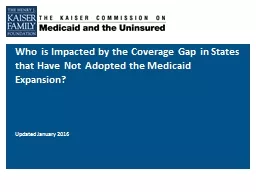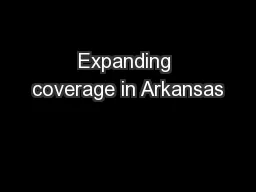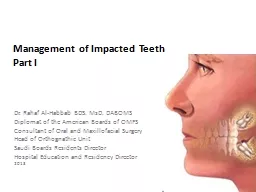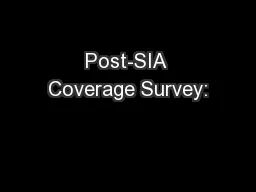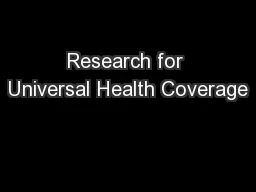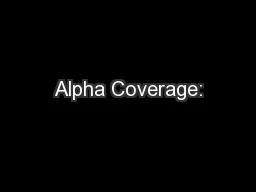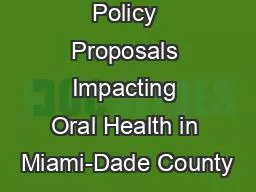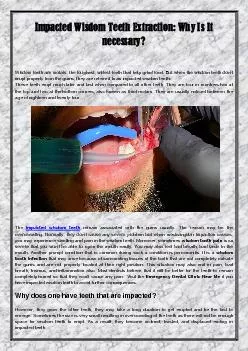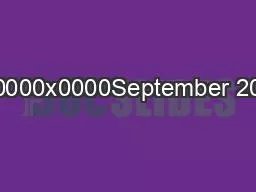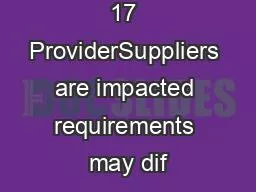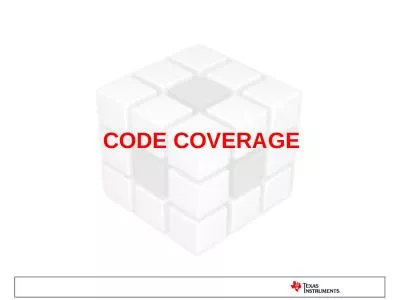PPT-Who is Impacted by the Coverage
Author : boyplay | Published Date : 2020-08-05
Gap in States that Have N ot Adopted the Medicaid Expansion Updated November 2016 NOTES Medicaid and other public coverage includes CHIP other state programs Medicare
Presentation Embed Code
Download Presentation
Download Presentation The PPT/PDF document "Who is Impacted by the Coverage" is the property of its rightful owner. Permission is granted to download and print the materials on this website for personal, non-commercial use only, and to display it on your personal computer provided you do not modify the materials and that you retain all copyright notices contained in the materials. By downloading content from our website, you accept the terms of this agreement.
Who is Impacted by the Coverage: Transcript
Download Rules Of Document
"Who is Impacted by the Coverage"The content belongs to its owner. You may download and print it for personal use, without modification, and keep all copyright notices. By downloading, you agree to these terms.
Related Documents

